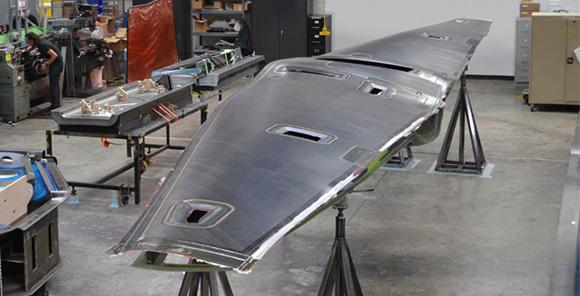It is called TERN and is a joint program of DARPA and theOffice of Naval Research of the US Navy (ONR), for the construction of a UAS capable of taking off and landing from the forward decks of US destroyers and frigates.
Tern is a drone that takes advantage of the configuration tail-sitter, already tested with little success in the 50 years, such as with the Convair XFY-1 and the Lockheed XFV. Tern, acronym for Tactically Exploited Reconnaissance Node, is a delta-shaped flying wing, with wings at right angles to the wing. The wheels are placed on the trailing edges, while the two counter-rotating propellers are installed on the nose. This configuration allows the aircraft to complete the entire vertical take-off sequence, the conventional horizontal transition, the flight and the final rotation for the vertical landing.
DARPA andOffice of Naval Research they cover around 73 per cent of the 150 million dollars needed to make two prototypes. The first drone, powered by a conventional General Electric turbine helicopter engine, will fly into the 2018 in the Yuma Proving Grounds Army.
Currently, TERN is in the 3 phase of its development with cell, main components and counter-rotating propulsion system ready for final assembly expected within the first quarter of next year. The engine has already been tested in the first two phases of development, with numerous modifications made to be able to operate on the different configurations and vertical and horizontal orientations of the cell. Software integration was completed last summer with the commissioning of the Integration Test Station Software, test station that includes the drone management system and simulation tests.
A third version of TERN, on a smaller scale, is currently tested in the NASA wind tunnel Ames Research Center's National Full-Scale Aerodynamics Complex. The data collected during the tests will be used to better characterize aerodynamic performance and validate current models.
Ground tests will begin in the 2018 with flight trials at sea by the end of that year.
DARPA and the Navy have signed a Memorandum of Agreement (MOA) for sharing the test phase.
Il Marine Corps Warfighting Laboratory (MCWL) expressed interest in TERN's potential capabilities and is supporting the program.
(images: DARPA)












